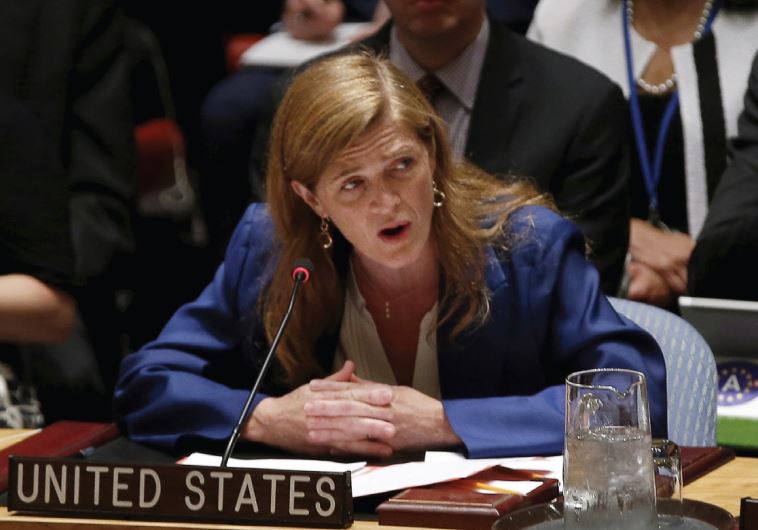BORDERLINE VIEWS: Diplomatic visits: A dose of Middle East reality
As though people still believe that resolving the Israel-Palestine conflict constitutes the magic panacea which will bring everything else into place.
 US ambassador to the United Nations Samantha Power speaks at the UN headquarters in New York on July 20Updated:
US ambassador to the United Nations Samantha Power speaks at the UN headquarters in New York on July 20Updated: